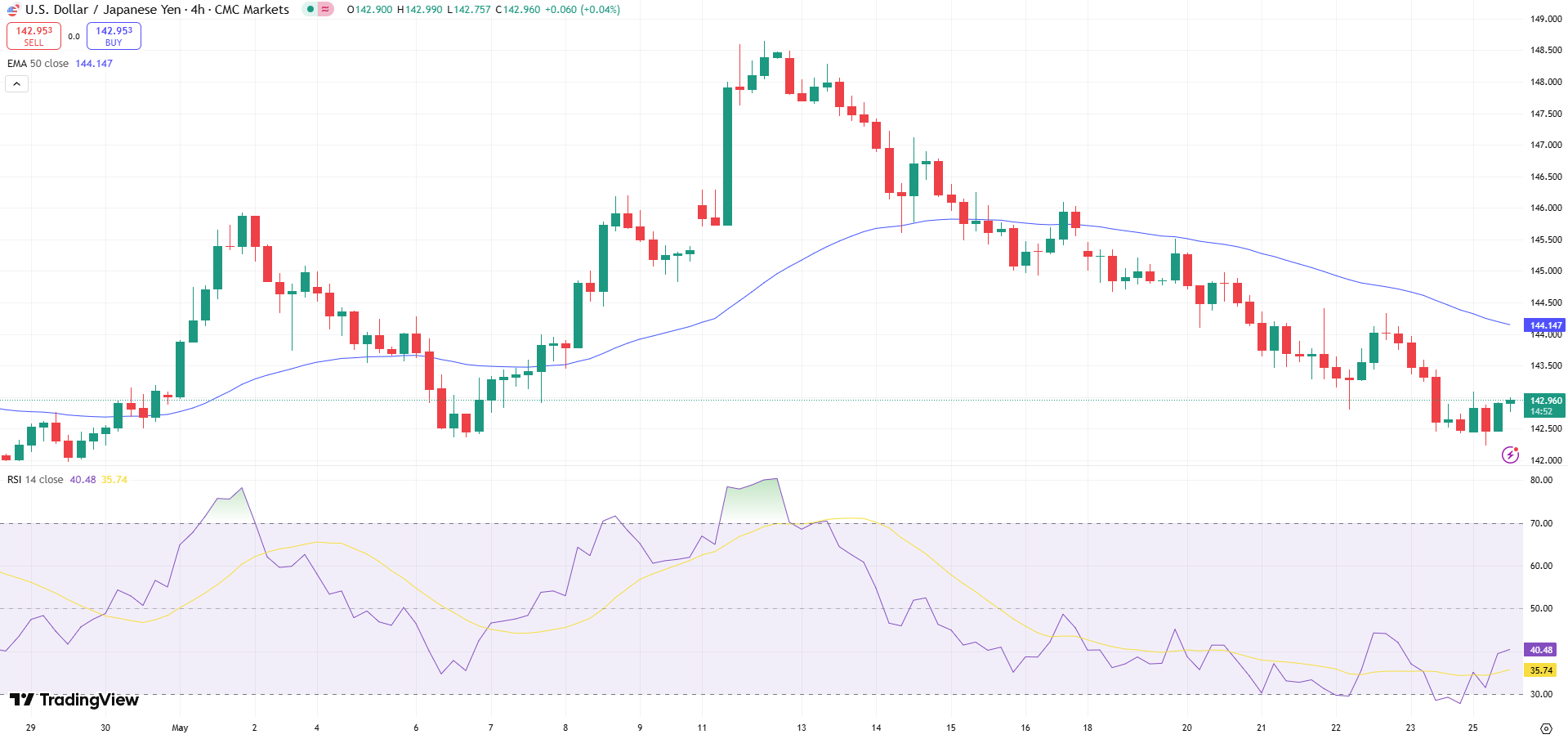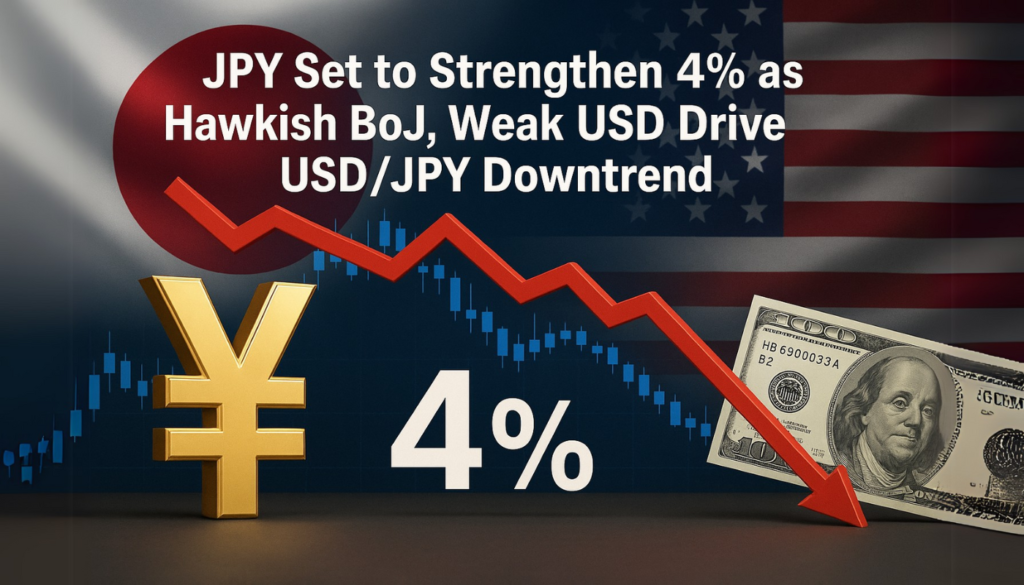The Japanese yen (JPY) continues to show potential for gains, as market expectations of a hawkish Bank of Japan (BoJ) stance contrast sharply with the weakening U.S. dollar. At the start of the week, the USD/JPY pair hovered around 142.30, staging a modest recovery from a monthly low but remaining under pressure amid global trade developments and macroeconomic concerns.
The BoJ’s commitment to further interest rate hikes—supported by stronger-than-expected consumer inflation and anticipated wage growth—has intensified the divergence with the Federal Reserve (Fed). While Japan eyes a tightening cycle, the Fed faces rising expectations of potential rate cuts in 2025. This macro backdrop favors a stronger yen, particularly as safe-haven demand resurfaces amid geopolitical tensions.
Key Technical Levels to Watch
Technical indicators highlight crucial levels for the USD/JPY pair:
- 142.00: A break below this level would confirm a bearish trend, potentially pushing prices toward 141.00 and even 140.00, last seen in April.
- 143.10: This short-term resistance, if breached, could trigger a limited rebound toward 143.65 or 144.00, though these levels are expected to cap gains.
- 145.00: Seen as a major barrier, any move above this mark would require a substantial shift in market sentiment and policy expectations.
Despite modest intraday recoveries, oscillators on the daily chart signal negative momentum, suggesting the path of least resistance remains downward.
Trade Talks, Geopolitics, and U.S. Data
Global trade dynamics and geopolitical tensions are adding complexity to the yen’s outlook:

- U.S.-Japan trade discussions are progressing, with Prime Minister Shigeru Ishiba signaling optimism for an agreement at the upcoming G7 summit.
- U.S.-EU tariff delays until July 9 provide temporary relief but fail to lift the USD significantly.
- Geopolitical risks, including a major Russian drone and missile assault on Ukraine and escalating Israeli airstrikes in Gaza, bolster safe-haven flows into JPY.
- U.S. economic data—including Durable Goods Orders (Wednesday), GDP and PCE (Thursday and Friday)—will influence USD direction.
Traders are closely watching these events, alongside Wednesday’s FOMC meeting minutes and Tokyo CPI data on Friday, to gauge the next moves for the USD/JPY pair.


